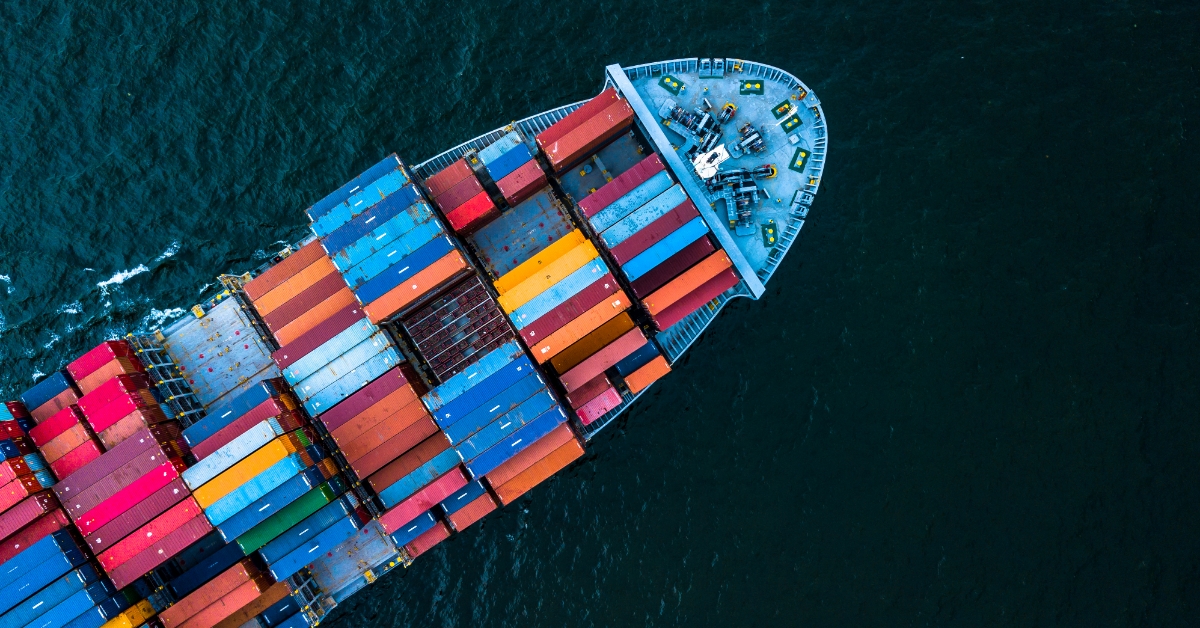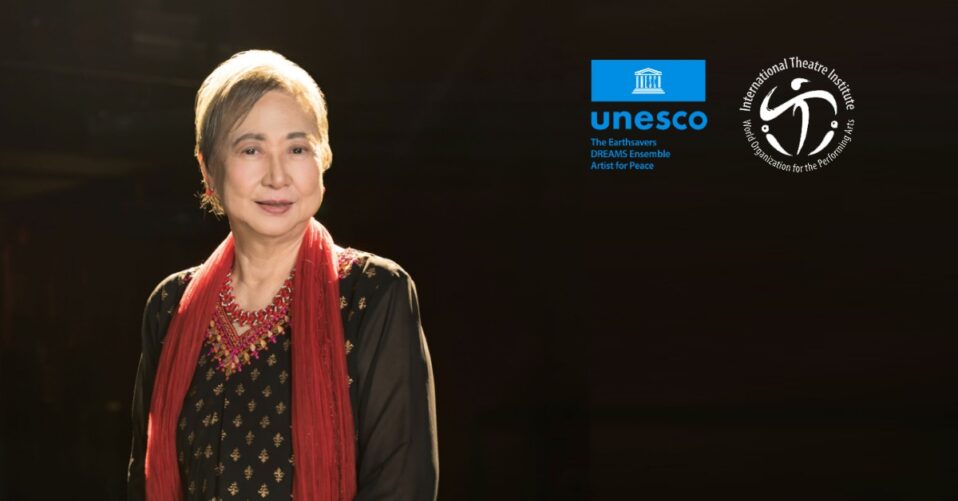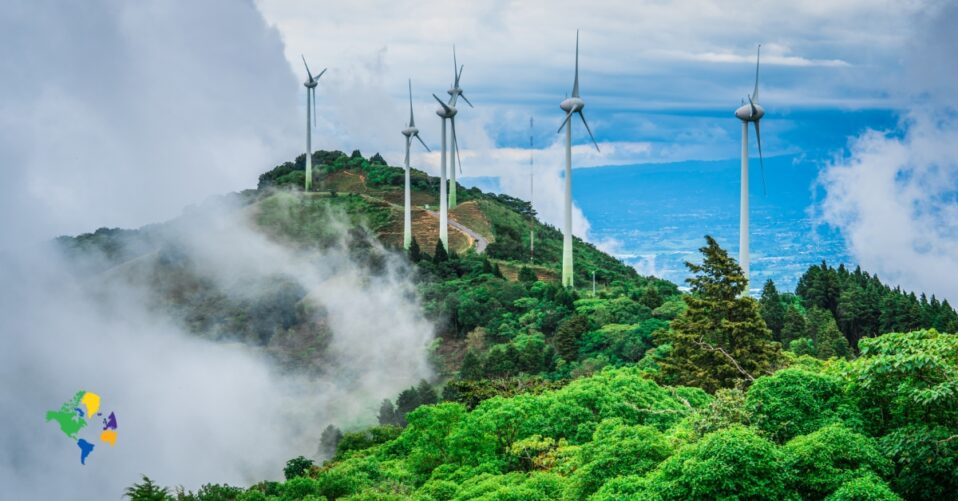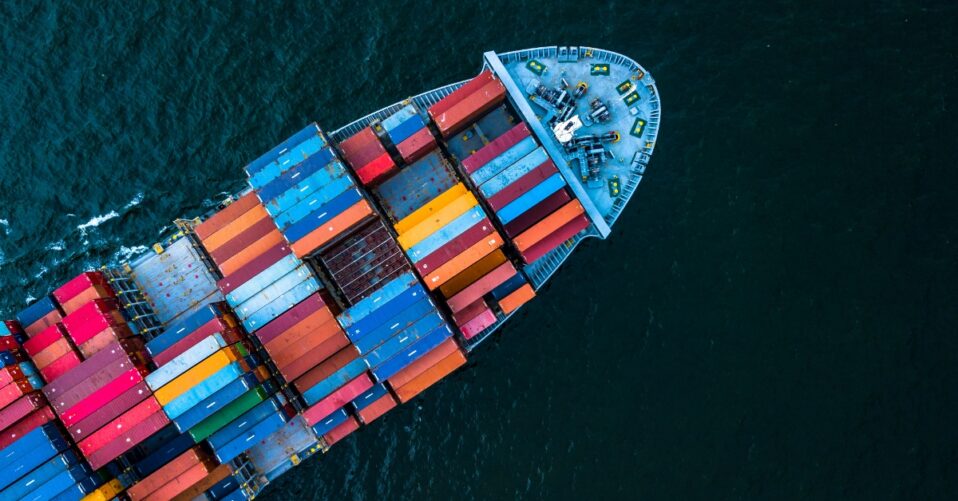A New Paradigm: The Blue Economy
Author: Olivia Smith
The blue economy, or the global economic cycle of use and distribution of water-based resources, is one cross-section in long list of sectoral partitions useful in environmental resource analysis. The concept of the blue economy originated at the 2012 Rio+20 United Nations Conference on Sustainable Development as a strategy to center oceans in development and governance approaches to sustainability.1
More recently defined by the World Bank, the blue economy incorporates tourism, marine technology, hydro-based energy sources (such as dams and offshore wind), aquatic food systems, waste disposal, transport, and non-living resource extraction, each through their direct use of water and water-based resources. The scope of these resources spans fresh and saltwater aquatic ecosystems and addresses natural environmental processes and interventions combatting climate change.
In a 2017 report analyzing the blue economy’s potential towards meeting sustainability goals, the World Bank and the United Nations Department of Economic and Social Affairs states: “Although the term ‘blue economy’ has been used in different ways, it is understood here as comprising the range of economic sectors and related policies that together determine whether the use of oceanic resources is sustainable.”2 Through this understanding, the World Bank and the UN highlight the blue economy as a potential paradigm under which sustainable practices and policy can address threats posed by climate change specifically harmful to Small Island Developing States (SIDS) and coastal Least Developed Countries (LDCs). This outlook is bolstered by a call to “[decouple] socioeconomic development through oceans-related sectors and activities from environmental and ecosystems degradation.”3 Measurement of such degradation is identified via several different facets of water-based ecosystem protection, including acidification, sea-level rise, higher water temperatures and changes in ocean currents.4
While focusing primarily on economic development through market expansion towards sustainable sectors,5 a powerful insight acknowledged by the World Bank/UN report is the blue economy’s provision of ecological services “for which markets do not exist” but which still
“contribute significantly to economic and other human activity such as carbon sequestration, coastal protection, waste disposal and the existence of biodiversity.”6 Stated by the World Bank and the United Nations Department of Economic and Social Affairs
Alternative definitions and interpretations of the blue economy exist across organizations. For example, the Economist Intelligence Unit, in their briefing paper for the World Ocean Summit in 2015, defines the blue economy by setting it apart from an ocean economy subject to ecological damage and a mindset of harm mitigation, instead turning towards a bluer approach that uplifts “economic activity [in] balance with the long-term capacity of ecosystems.”7 The Economist Intelligence Unit characterizes the oceans as “one of the least-developed regions of the earth” signaling the potential for new wealth creation but warning against destructive and exploitative activity. Developing the blue economy, they write, allows for “alignment with responsible and sustainable management of ecosystems.”8
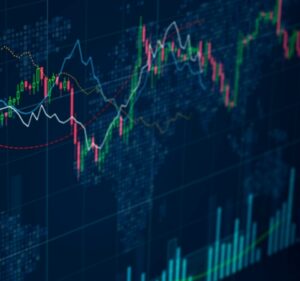 The blue economy, just as other sectoral divisions within environmental management do, serves as one way to frame and address the climate crisis while identifying sites of already intense vulnerability and degradation. Actionable steps studied and outlined through the blue economy paradigm by either the World Bank/UN or The Economist Intelligence Unit include incorporation and accurate valuation of natural oceanic capital to welfare at the government-level, partnerships with SIDS and coastal LCDs in emerging ocean sectors, active and effective inclusion of women, indigenous peoples and youth in decision making and governance, the use of new financial instruments such as blue bonds towards sustainable marine investment, and accounting for environmental, social and governance (ESG) risk in planning and execution of ocean activities.
The blue economy, just as other sectoral divisions within environmental management do, serves as one way to frame and address the climate crisis while identifying sites of already intense vulnerability and degradation. Actionable steps studied and outlined through the blue economy paradigm by either the World Bank/UN or The Economist Intelligence Unit include incorporation and accurate valuation of natural oceanic capital to welfare at the government-level, partnerships with SIDS and coastal LCDs in emerging ocean sectors, active and effective inclusion of women, indigenous peoples and youth in decision making and governance, the use of new financial instruments such as blue bonds towards sustainable marine investment, and accounting for environmental, social and governance (ESG) risk in planning and execution of ocean activities.
Approaches to sustainability categorized under the blue economy paradigm—as understood within the dominant context of global ecological degradation—should still be met with a critical eye. As the world’s fresh and saltwater reserves become a new “economic and epistemological frontier,”9 the blue economy model has the power to turn the marine world into a site of continued enclosure, commodification, and extraction or one of cutting-edge repair and environmental regeneration.
Sources:
1. John, Lesperance, “The Blue Economy: Origin and Concept,” Commonwealth of Learning, Commonwealth of Learning, 6 June 2016, https://www.col.org/news/the-blue-economy-origin-and-concept/.
2. World Bank and United Nations Department of Economic and Social Affairs, The Potential of the Blue Economy: Increasing Long-term Benefits of the Sustainable Use of Marine Resources for Small Island Developing States and Coastal Least Developed Countries, 2017: World Bank, Washington DC, vi.
3. World Bank and United Nations Department of Economic and Social Affairs, 1.
4. World Bank and United Nations Department of Economic and Social Affairs, viii.
5. World Bank and United Nations Department of Economic and Social Affairs, 1.
6. World Bank and United Nations Department of Economic and Social Affairs, vi.
7. The Economist Intelligence Unit, “The Blue Economy: Growth, opportunity and sustainable ocean economy.” The Economist, https://www.oceanprosperityroadmap.org/wp-content/uploads/2015/05/2.-State-of-the-Blue-Economy_briefing-paper_WOS2015.pdf, 7.
8. The Economist Intelligence Unit, 15.
9. Ertör, I., Hadjimichael, M. Editorial: “Blue degrowth and the politics of the sea: rethinking the blue economy.” Sustain Sci 15, 1–10 (2020). https://doi.org/10.1007/s11625-019-00772-y




